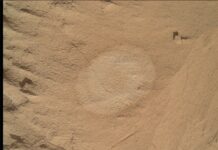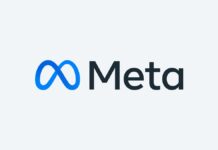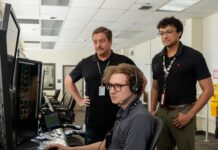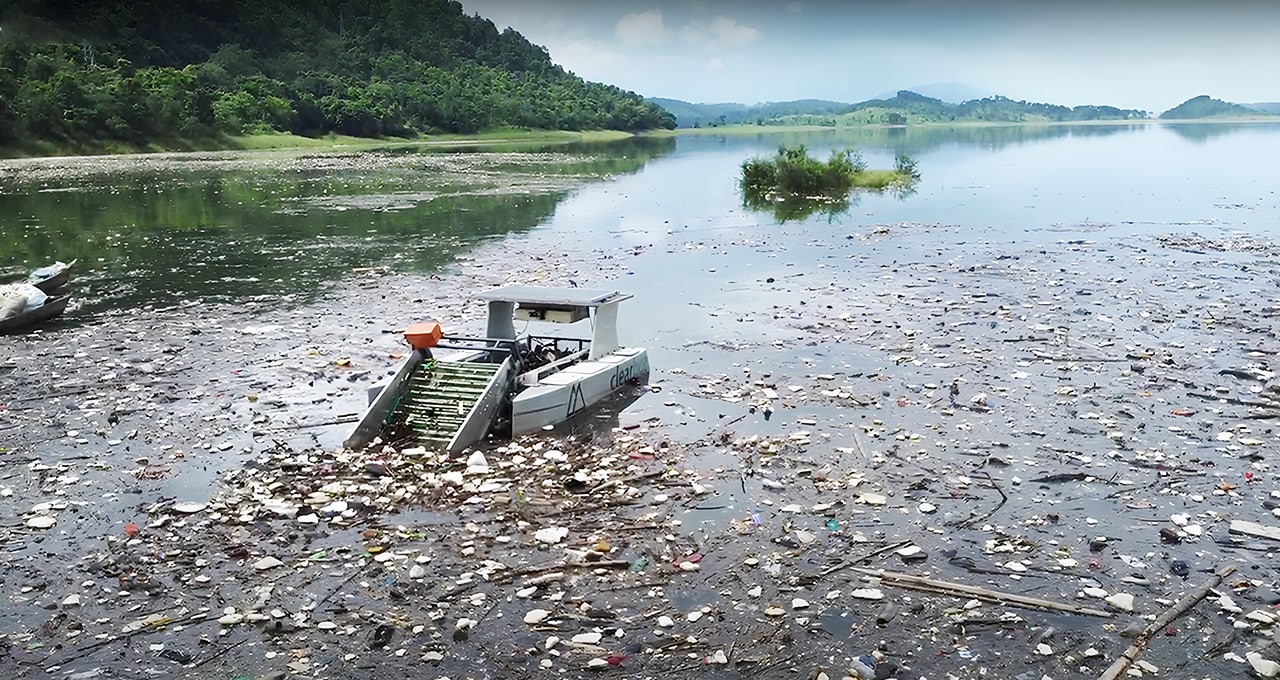Innovative AI-Driven Solution for Ocean Pollution: Clearbot
In a remarkable journey that began as a quest for a free graduation trip, two enterprising graduates from the University of Hong Kong, Sidhant Gupta and Utkarsh Goel, have developed a groundbreaking prototype for an AI-powered sea-cleaning boat. Initially composed of unconventional materials like empty water bottles, hobbyist helicopter blades, and a GoPro camera, this project has evolved into Clearbot, a fleet of autonomous boats aimed at cleaning oceanic waste. The driving force behind this innovation is the NVIDIA Jetson platform, which has enabled these boats to operate effectively.
Genesis of the Clearbot Initiative
The idea for Clearbot was born when Gupta and Goel realized the pervasive problem of marine pollution during a university project. They observed the dirty beaches in Bali and how crucial clean water is for local tourism-dependent communities. This insight led them to conceive a solution to combat water pollution, not just in Bali but also in other regions like Hong Kong and India, where they now operate.
Initially, the duo shared their waste collection boat concept on a website and set it aside post-graduation. However, the idea resurfaced when a marine construction company approached them for a water cleanup project in Hong Kong. The challenge was to remove three tons of trash daily, which prompted Gupta and Goel to refine their prototype in response to the opportunity.
The traditional method employed by the company involved a large boat and a crew of three to four people, incurring costs of about $1,000 per day. Gupta saw an opportunity to improve this approach by building a more efficient and cost-effective solution. According to the United Nations Environment Programme, plastic constitutes around 85% of ocean litter, with an alarming 11 million metric tons entering the oceans annually. Clearbot’s mission is to intercept this waste before it reaches the oceans.
Leveraging Energy-Efficient Technology
Operating out of Hong Kong and India, Clearbot has assembled a team of 24 employees dedicated to the development and deployment of their electric-powered, self-docking boats. These vessels are equipped with solar charging capabilities, underscoring the company’s commitment to an emissions-free operation. As Gupta elaborates, the goal is to repair humanity’s strained relationship with the ocean by offering a sustainable solution that cleans without contributing further pollution.
Clearbot vessels, measuring between 10 to 16 feet, are equipped with dual cameras—one for navigation and the other for identifying waste collected. The team initially trained their garbage detection models using cloud and desktop NVIDIA GPUs, utilizing images captured during their early fieldwork. Over time, they have amassed an extensive library of images from various cleanup sites, further enhancing their models. These advanced algorithms enable Clearbot to navigate autonomously and avoid obstacles.
The boats are powered by energy-efficient Jetson Xavier NX technology, which allows them to operate for up to eight hours before requiring a recharge. Traditional waste collection methods in tourist areas and busy waterways often involve diesel-powered boats and manual labor, with a crew of 50 people typically managing 15 to 20 boats. In contrast, Clearbot claims that the same number of personnel could operate approximately 150 Clearbot units, significantly increasing the volume of waste collected.
Collaborative Efforts for Environmental Cleanup
Clearbot’s impact extends beyond mere waste collection. Kingspan, a leading building materials manufacturer, has partnered with Clearbot to tackle trash and oil pollution in rivers and lakes in Nongstoin, India. This collaboration has already resulted in the removal of 1.2 tons of waste per month from the affected areas.
The situation at Umiam Lake in Meghalaya, India, highlights the urgent need for such solutions. Once a popular destination for tourists and fishermen, the lake has suffered from severe pollution, leaving large swathes of water surface covered in floating debris. In response, regional authorities have teamed up with Clearbot and the University of California Berkeley Haas School of Business to address the issue. Since the initiative’s inception three months ago, Clearbot has successfully extracted 15 tons of waste from the lake.
Expanding Scope with Clearbot Data
Building on their success in waste collection, Clearbot is now broadening its services to address a wider array of environmental challenges. The company has ventured into marine pollution control, tackling issues such as sewage, oil, gas, and chemical spills. Additionally, Clearbot’s autonomous boats are equipped to conduct undersea inspections for projects like dredging, as well as monitor algae growth and other ecological phenomena.
An unexpected benefit of Clearbot’s operations is the collection of valuable environmental data. The images captured by the boats are geotagged, providing a valuable resource for tracing the origins of specific pollutants. This data can be instrumental for local authorities in identifying and mitigating sources of pollution. For instance, if a particular type of plastic waste is concentrated in a specific area, agencies can track its origin and work with polluters to cease harmful activities.
Gupta emphasizes the importance of data in driving policy changes. For municipalities aiming to ban plastic bags, having concrete data to support their case is crucial. By leveraging the data collected by Clearbot’s NVIDIA Jetson Xavier-powered system, stakeholders such as NGOs and governments can make informed decisions to curb pollution at its source.
For more information on the technology powering Clearbot, explore the NVIDIA Jetson Xavier series and learn about ongoing efforts in high-performance computing with Earth-2.
For more Information, Refer to this article.
































![Good Lock Features: Discover the Top Favorites [Exploring Good Lock ②] Unveiling the Most Popular Good Lock Features](https://www.hawkdive.com/media/samsung-mobile-good-lock-home-up-3-most-popular-features_thumb728-218x150.gif)

